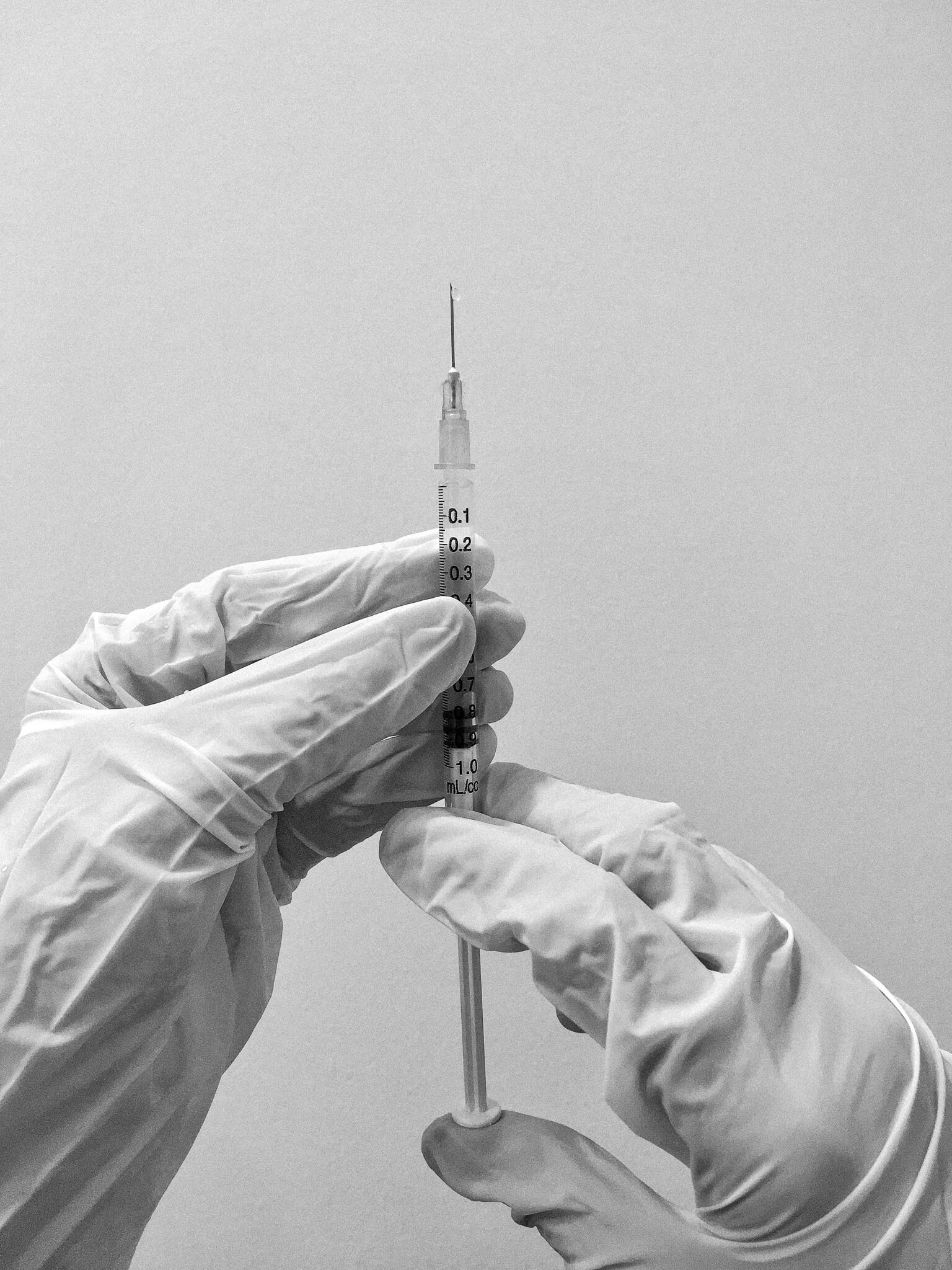aescend aesthetics
UPDATE: SAFETY ON TATTOO REMOVAL

Tell your provider
Recent research has found the potential for ink from tattoos to potentially confound the ability to accurately screen for, and diagnose progression of certain cancers.
The main concern is that tattoo ink could introduce challenges or errors in cancer diagnosis. This would emphasise the need for further research and consideration of safety in tattoo-related procedures.
RECENT STUDIES
In a study by Lane et al. (2021), patients undergoing routine breast examination had lymph node deposits that became fluorescent on imaging (implying the spread of cancer into the nodes). Subsequent biopsy of these lymph nodes detected black molecules of tattoo ink (at this stage thought to be harmless), which ultimately meant unnecessary removal of lymph nodes.
Furthermore, in a study by Boon et al. (2023) a patient undergoing resection of endometriosis tissue was similarly found to have suspicious-looking lymph nodes that, on biopsy, were found to contain tattoo pigment. Again, this necessitates the unnecessary removal of lymph nodes that would not have otherwise been flagged as potentially containing endometrial tissue.
WHAT IS THE SIGNIFICANCE OF THIS?
Tattooing replies on deposits of ink placed with a needle into the skin. They are held in place by a degree of subsequent fibrosis or scarring that occurs due to local immune activation and/or trauma to the tissue caused by penetration of needles. The body tries to eliminate this foreign substance by sending in cells that engulf the pigment, rendering it no longer stimulatory and theoretically able to be removed via the lymphatic system.
Speaking of safety on tattoo removal, it’s important to consider the potential risks and concerns associated with the process. The large size of pigment molecules prevents effective removal, leading to the retention of pigment at the lymph nodes. Insofar, the true significance of this is unknown; however, it raises questions about the long-term implications and safety of tattoo removal procedures. There is a potential risk for unnecessary further harm and investigation of patients who appear to have pigment spread to their lymph nodes.
Moreover, researchers presume that a similar phenomenon may occur with tattoo removal. The process of lasering pigment breaks it down into smaller molecules. This is with the intention of enabling removal by the immune system. However, this also underscores the importance of ensuring the safety and efficacy of tattoo removal procedures. Monitoring any potential implications for patients’ overall health. So, understanding the safety on tattoo removal procedures is crucial in ensuring the well-being of individuals.
WHAT SHOULD YOU DO IF YOU HAVE A TATTOO/ARE CONSIDERING TATTOO REMOVAL
We recommend that you should advise your health care provider if you have had any of these procedures. Furthermore, if you are undergoing investigation for potential cancer, you should let your cancer specialist know.
DON’T FORGET
Tattoos can also mask certain skin cancers’ diagnostic characteristics by changing their colour and appearance. There have been cases of melanomas going undetected in tattoo ink due to their discolouration (Blasco-Morente et al., 2015; Francesco et al., 2022; Kluger et al., 2014). If you notice any growing, changing or enlarging lesions on a tattoo that bleed, itch or cause pain, ensure you have these checked by a professional. AND remember to sunscreen over your tattoos too!



